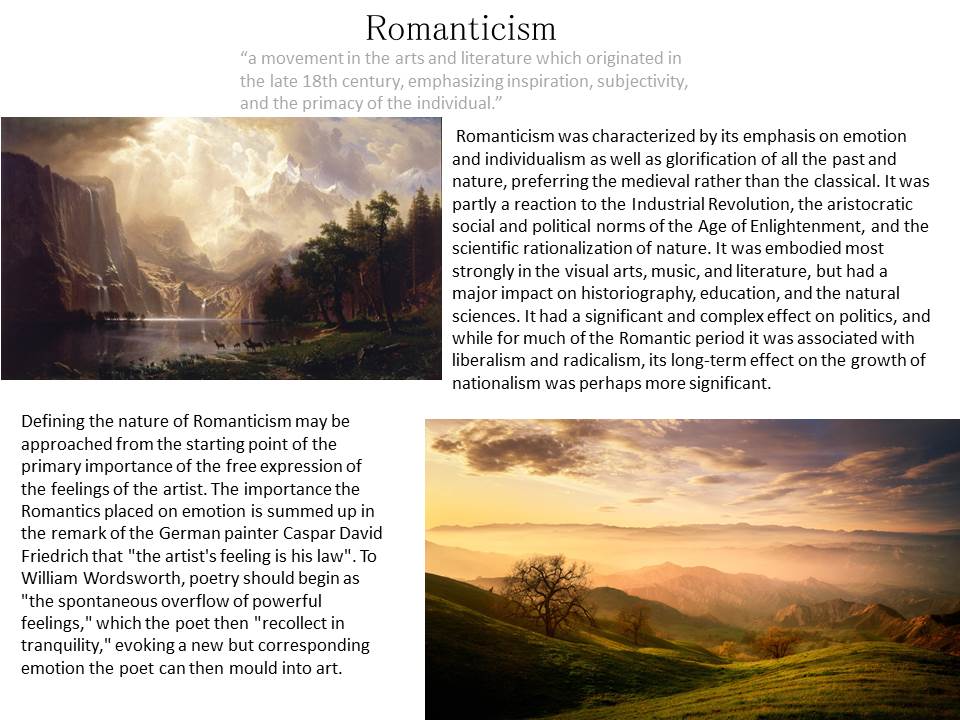The Alliance Française is the leading cultural network worldwide, with 1,040 establishments in 136 countries on all five continents. Each year, 450,000 people, of all ages, attend Alliances Françaises to learn French and more than 6 million people participate in their cultural activities. The franchise has organised a photography competition every year since 2010. The competition aims to highlight the “richness and diversity” of the 800 Alliances Franchise around the world, and to give amateur photographers the opportunity to display their work to a large audience. The theme selected by the franchise was ‘Climate – State of Emergency’.
The candidates were invited to submit photos which captured the questions posed by the way climate is changing, where they live or the effects resulting from the changes.
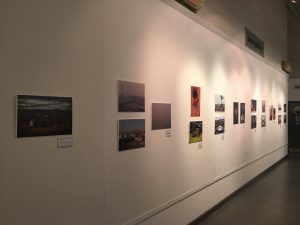
We went to The Jersey Arts Centre on the 10.01.17 to view the final photos selected by the franchise and chose my favourite images out of the 44 on show.
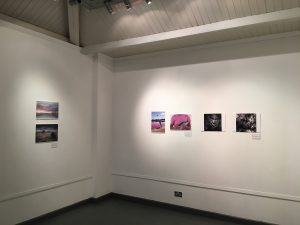
These are my favourite images from the exhibition, along with the name of photograph and the photographer:
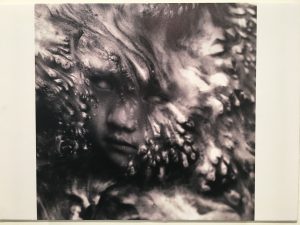

Yunjie Zang is an amateur photographer and is 29 years old. He is a teacher and does photography in his spare time.
What I like about this image:
- obscure
- unusual
- unnerving
- tells a story
- provokes thoughts
- mysterious
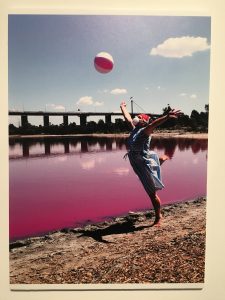
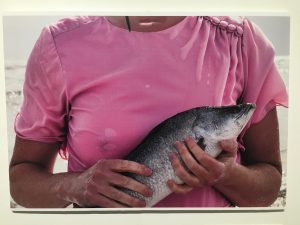
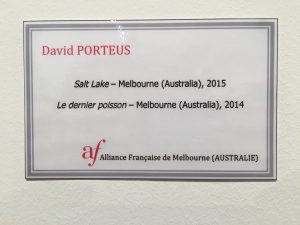
David Porteus is a 47 year old amateur photographer, employed at Melbourne Arts Centre in Australia.
What I like about these images:
- they go together very well
- metaphor of the toxic danger surrounding us
- the bright colour of pink in both images
- aesthetically pleasing
- not necessarily focusing on landscapes
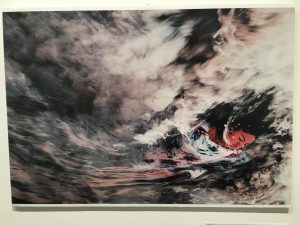
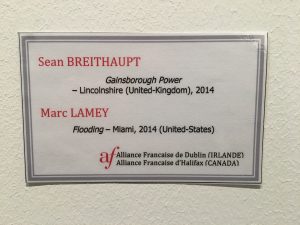
Marc Lamey is a 54 year old and is an engineer
What I like about this photo:
- abstract
- the motion blur
- moody atmosphere
- looking to tell a story
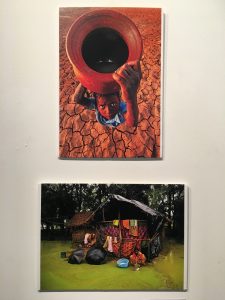
Somennath Mukhopadhyay is a 47 year old amateur photographer and is a teacher from India.
What I like about these images:
- very cultural
- lots f bright colours
- very vibrant
- bases each photo around the life of a local at the same time as incorporating the them of landscapes and, most important, climate change.
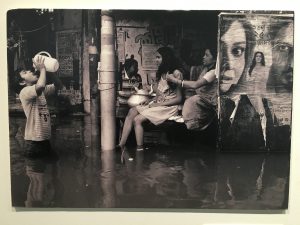
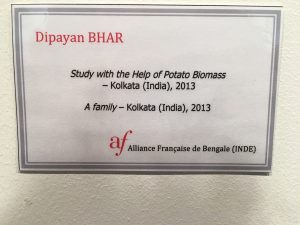
Dipayan Bhar is a 25 year old amateur photographer employed in a service sector in Bengal, India. He is also a member of National Geographic and takes images to submit to the program.
What I like abut this image:
- he is so young
- lots of focus points
- black and white effect can represent that his is how the children within the image see the world
- reflection of water

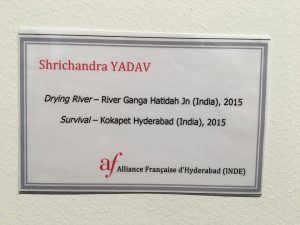
A 36 year old amateur photographer, IT engineer from India.
What I like about this image:
- very minimal
- aesthetically pleasing
- representing life where you may not think it existed
- one focal point
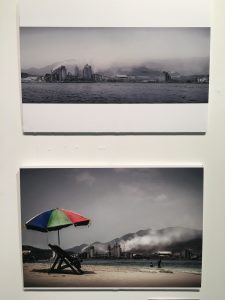
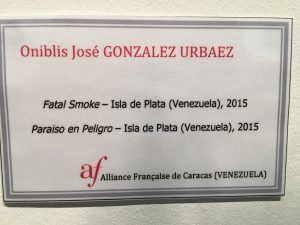
Oniblis Jose Gonzalez Urbaez is an amateur photographer from Venezuela.
What I like about this image:
- a juxtaposition between the industrial landscape and typical beach scene
- contrast between colours of beach and dull grey colours of industrial scene
- great example of changes in landscapes
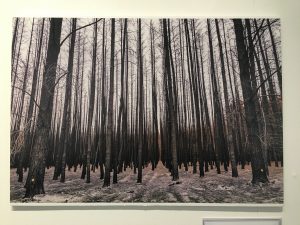

Susan Whitbread is a 63 year old amateur photographer and is a civil servant from Australia.
What I like about this image:
- many leading lines
- sense of symmetry
- repetition
- bland vibrancy
- warm and cold tones juxtaposes the image
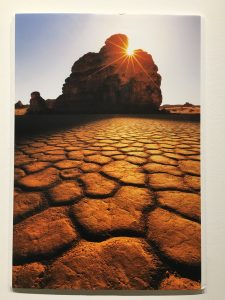
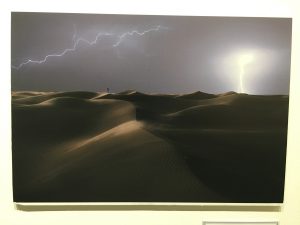
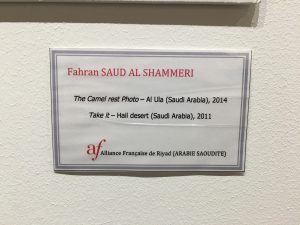
Fahran Saud Al Shammeri is an amateur photographer, 40 years of age and is a teacher in Saudi Arabia.
What I like about these images:
- the vibrant colours and simplicity
- almost looks like a computer background it is so crisp
- you can see the immediate beauty of the natural landscapes
- the shadows
My Favourite Image:
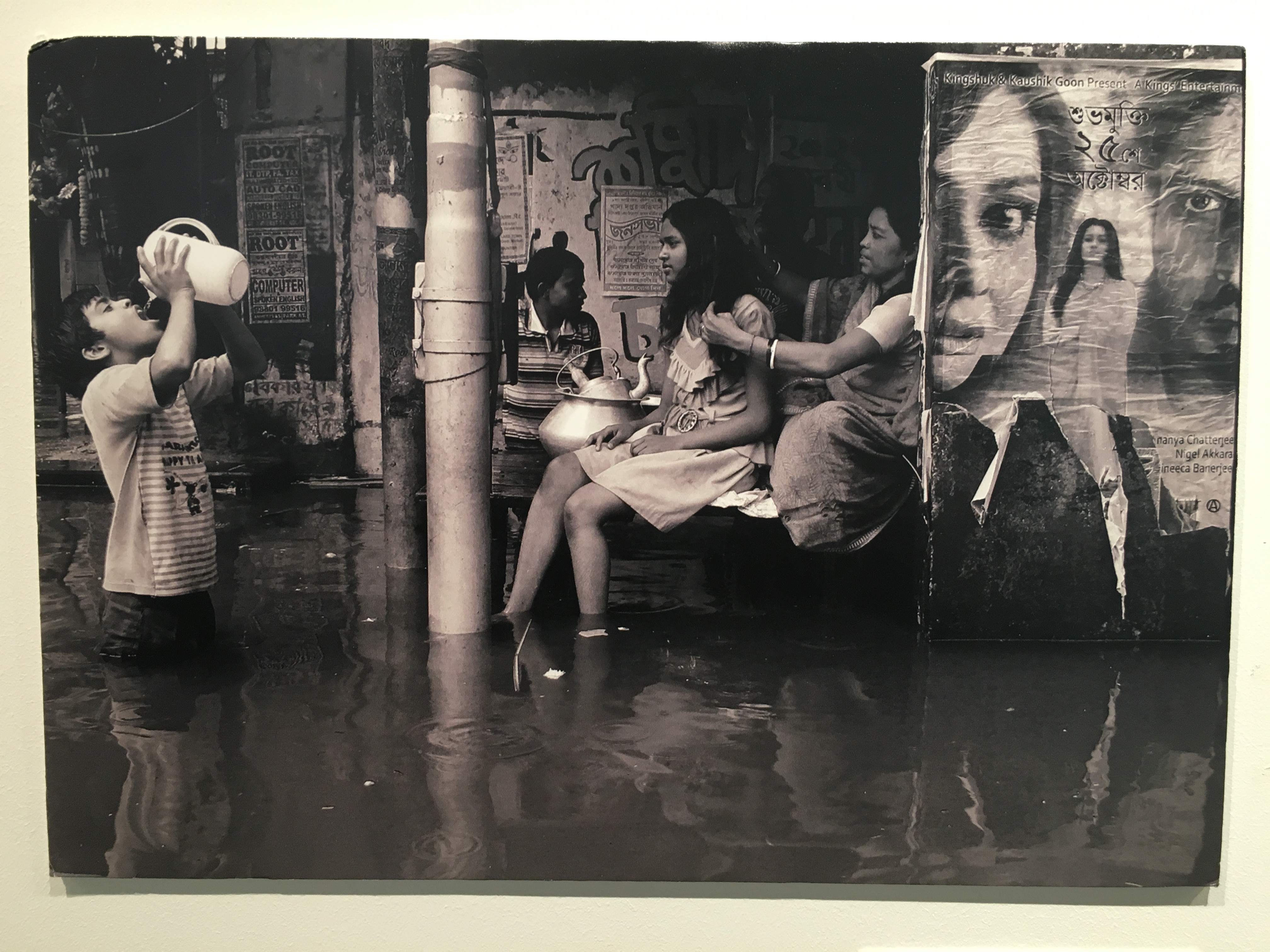
What I like about this image is the story it tells and the message it perhaps trying to portray and it had an immediate impact on me. It seems very mysterious but there are several points in the photo that us as the audience can pick up on. It is a great example of our changing world and the different lifestyles/cultures we are surrounded by – fitting in perfectly with the theme of climate change and the affects in has on us.
I also really like that it is in black and white because it may not have had the same effect if it was in colour. You can argue that the evident deprived children in the photo see the world in black and white and may not have any vibrancy in their lives as they live in the conditions we get only a preview of in the image.
I believe the photographer, Dipayan Bhar has captured an told the story well of the lives of the kids who live in such poor conditions. Our eyes are drawn to a range of aspects within the photograph. The main, in my opinion, being the little child, thigh deep in dirty water drinking from a jug of this water. The pole down the middle of the scene splits the photo in two and makes it more easily digestible for the viewers. We can then see the rest of his family sitting on a balcony who can only sit their and allow the boy to drink the water as it’s their only option.
The overall mood and atmosphere of the image is very grim and miserable and we get a feel for how the subjects are living, which I believe is what Bhar wanted to achieve.
To the right of the image, we can see what looks like a Bollywood film poster; immediately representing two sides to the area. What we originally thought was deprived, we suddenly get a sense of class as this film poster is displayed next to such poor conditions. It provides us with a contrast.
I believe Bhar would have wished to prioritise the message received from this photo over the actual quality of the image and any editing techniques, which is why he submitted it to this amateur competition.

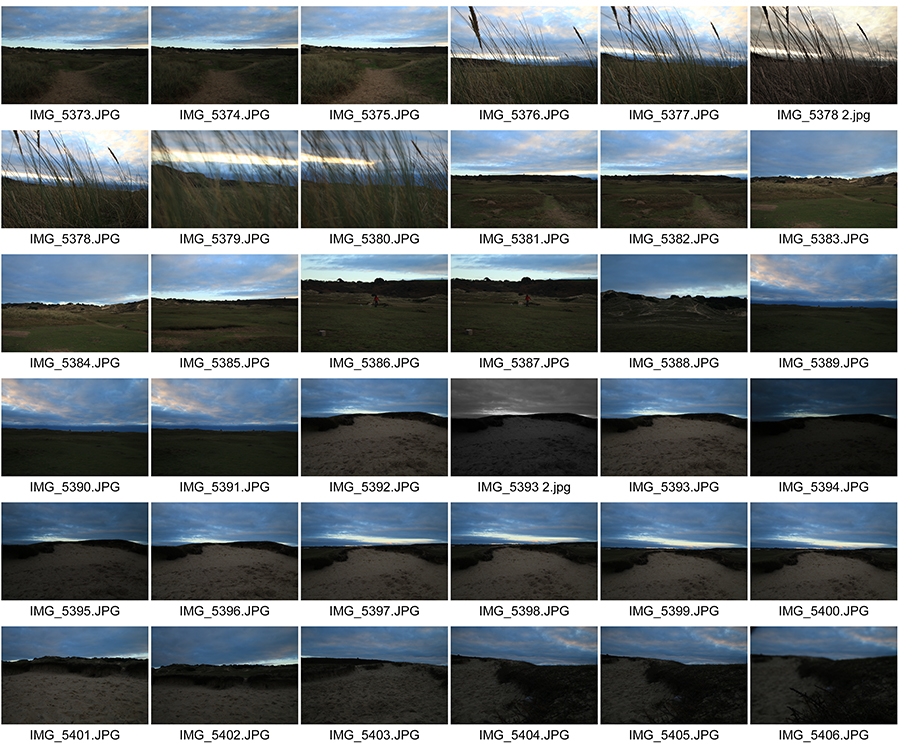

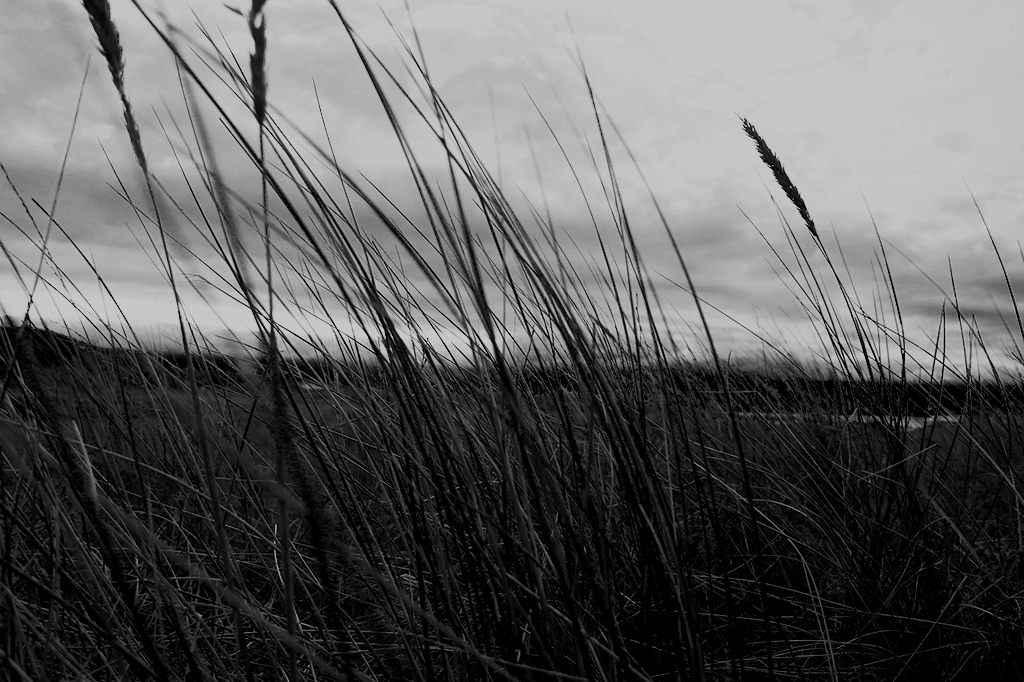
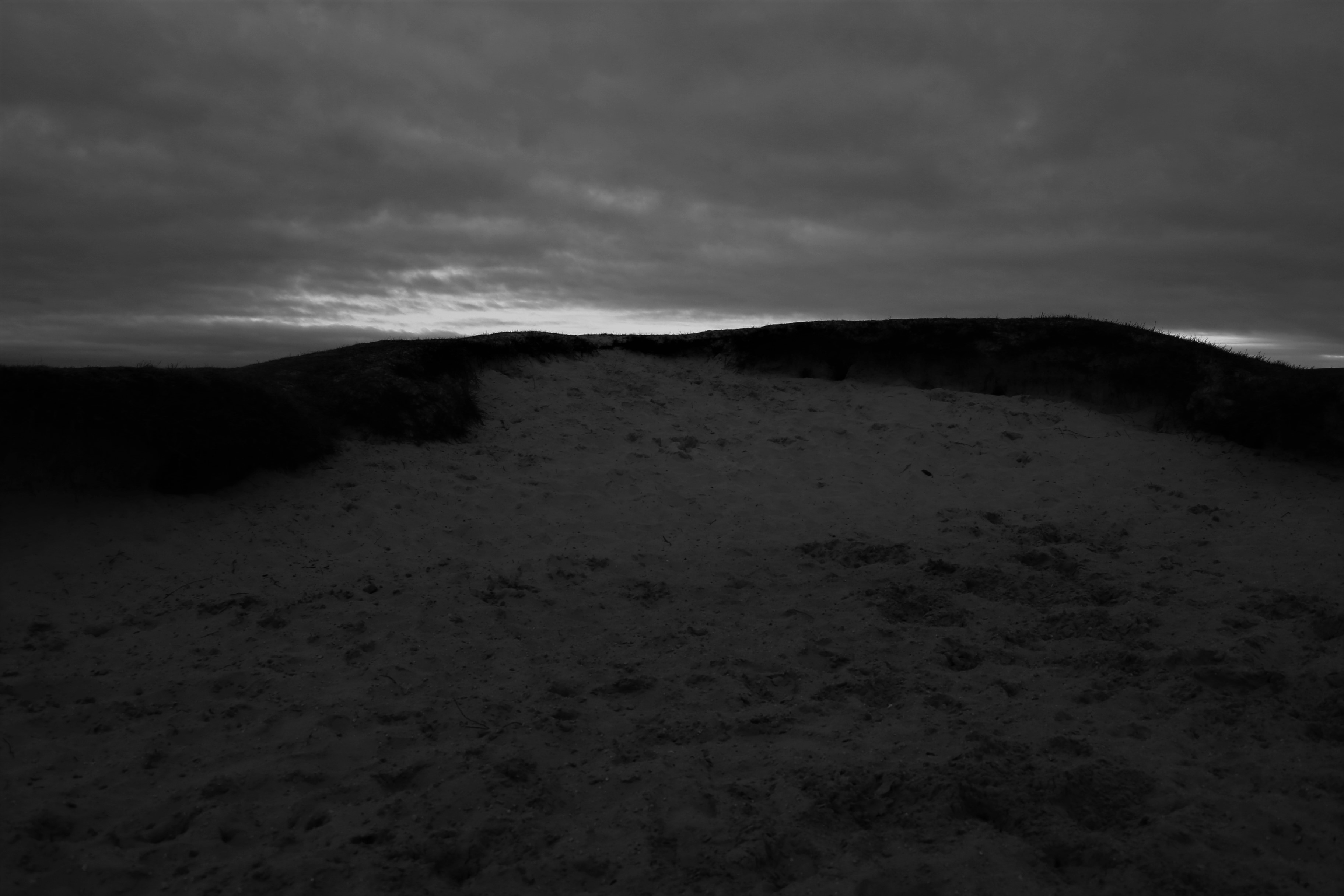
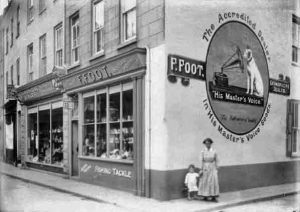
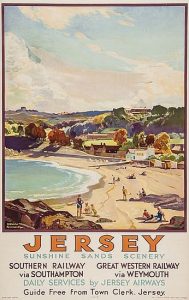

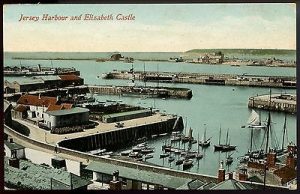
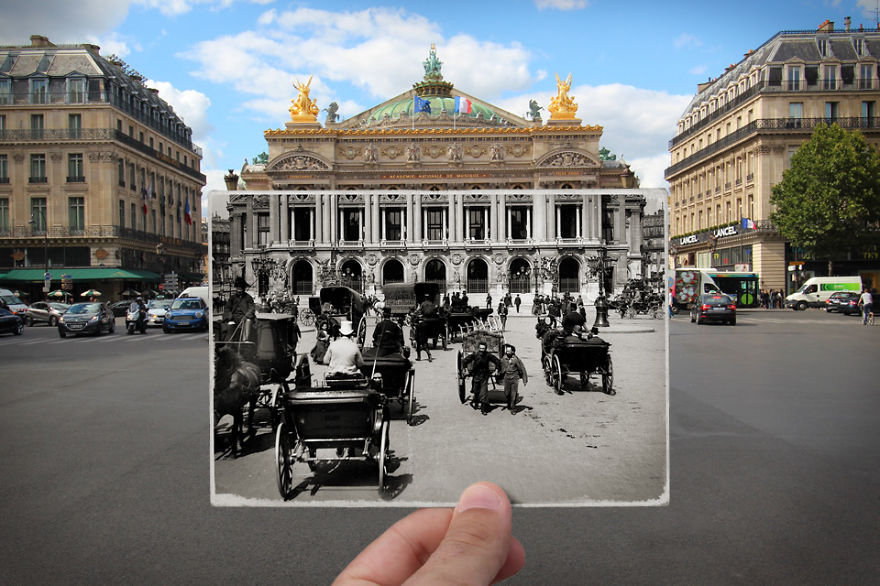
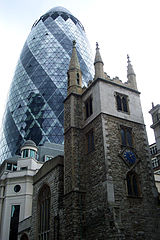
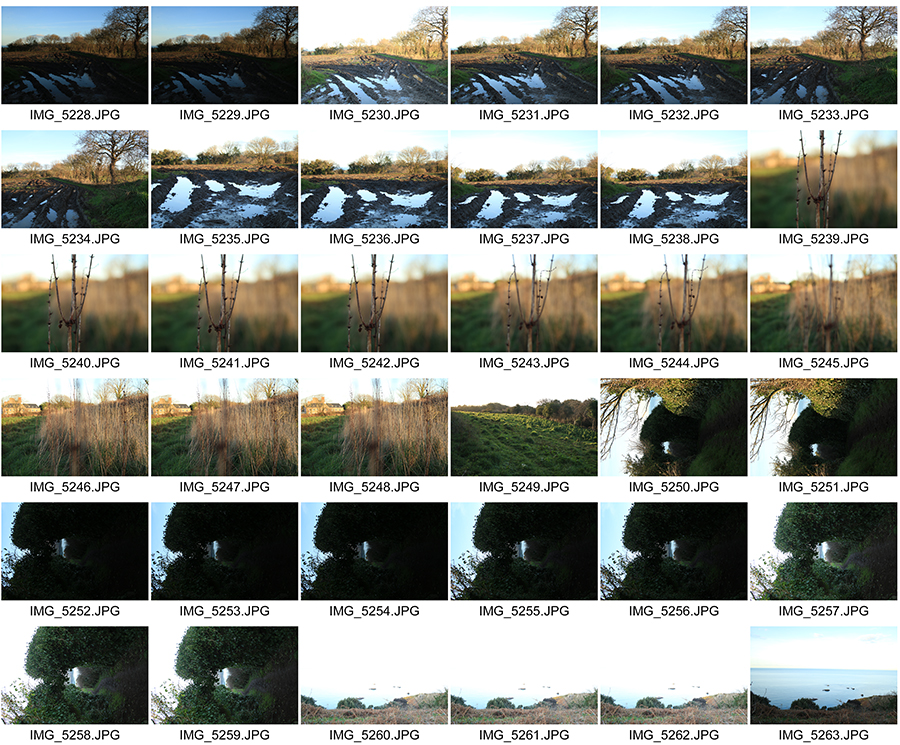
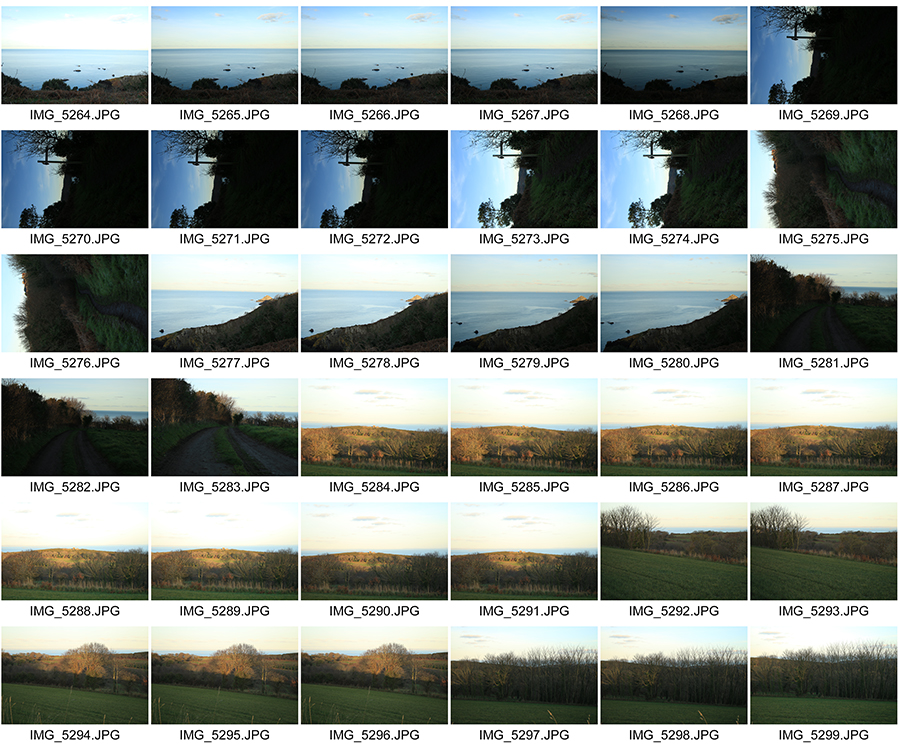

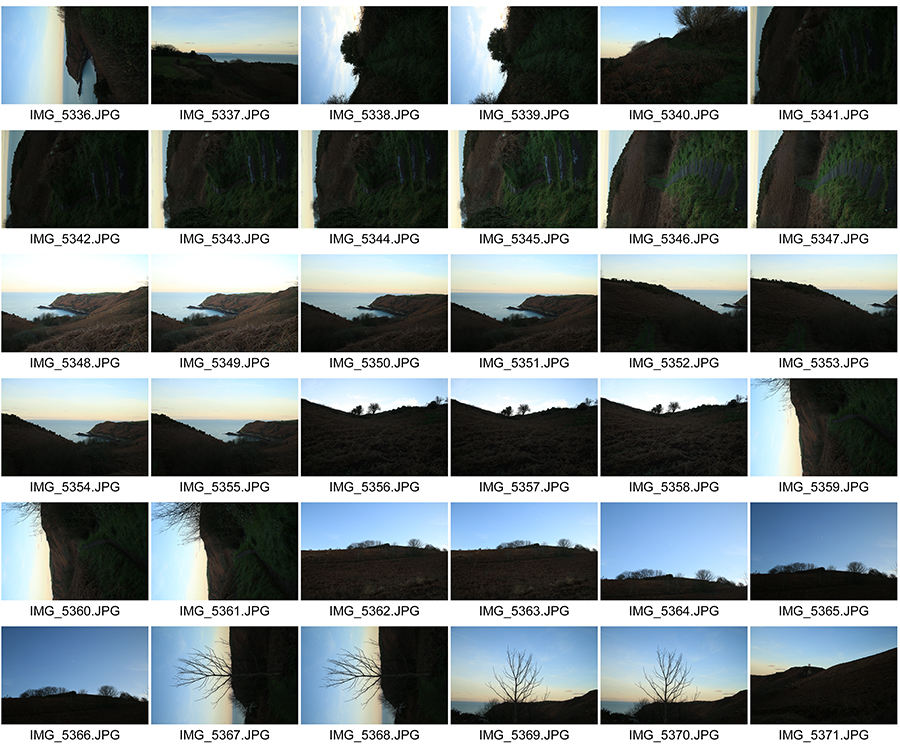
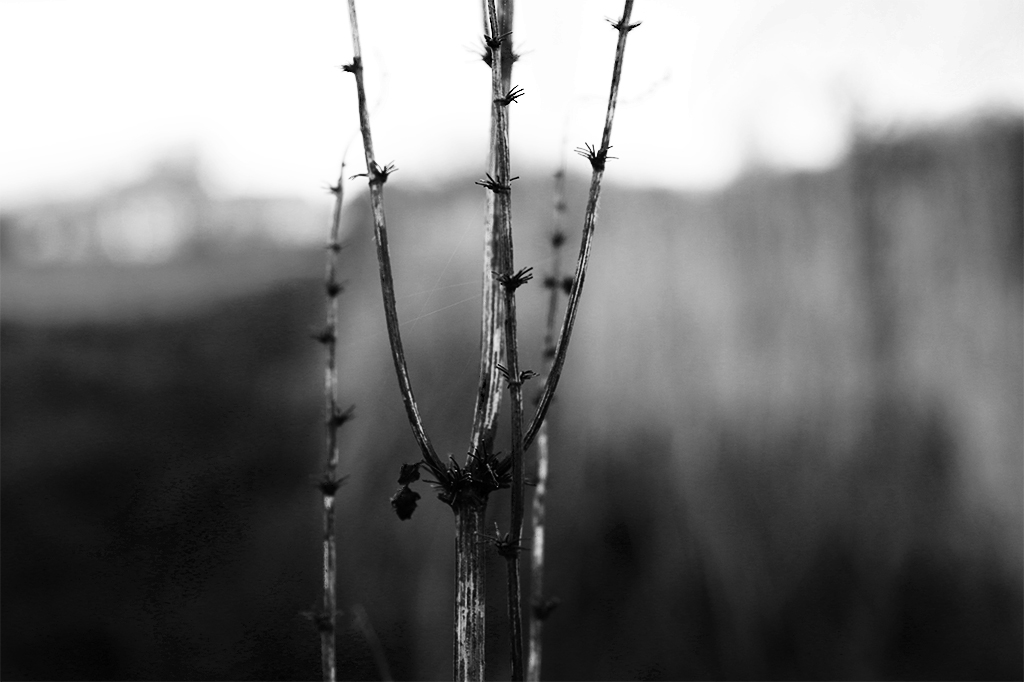
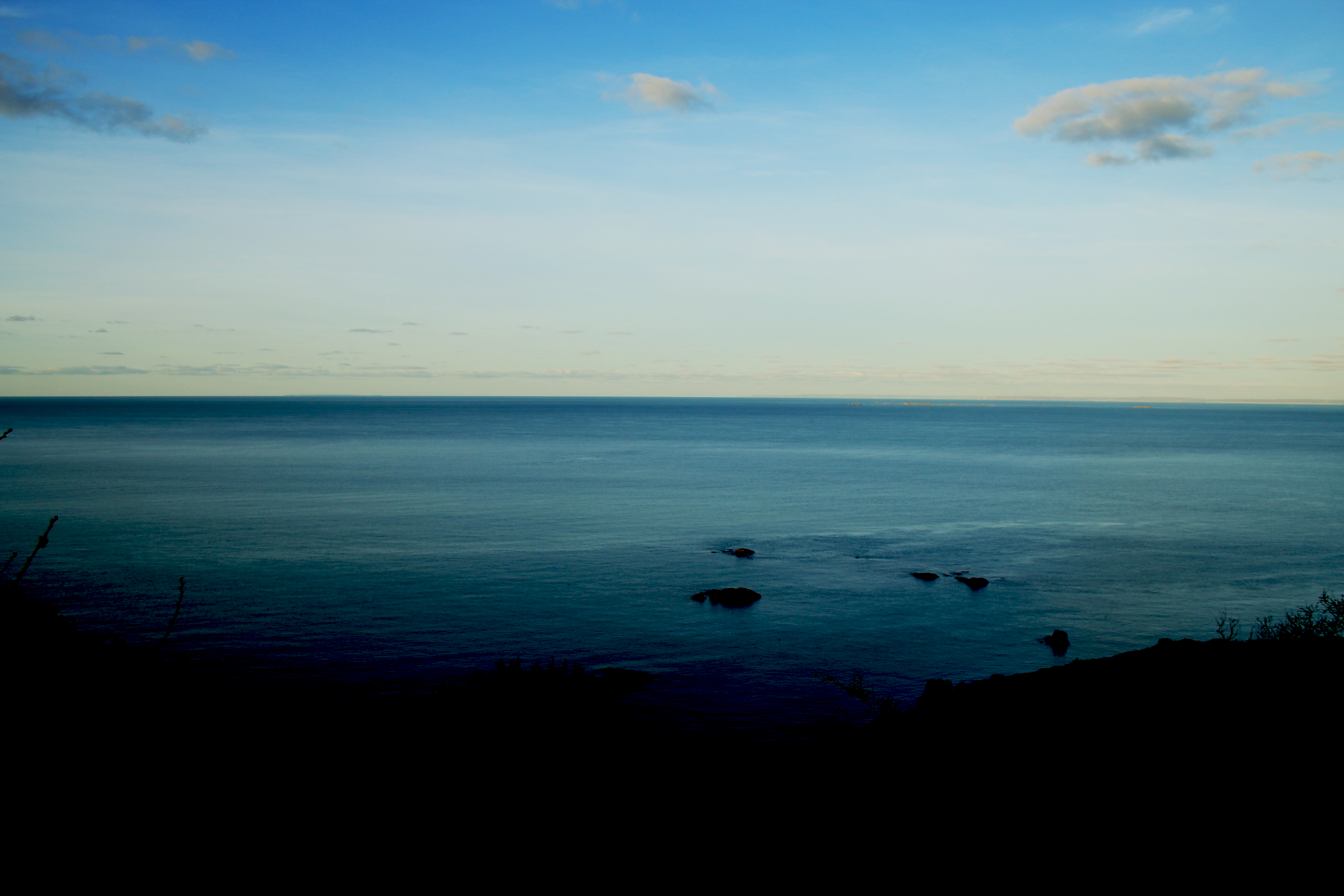
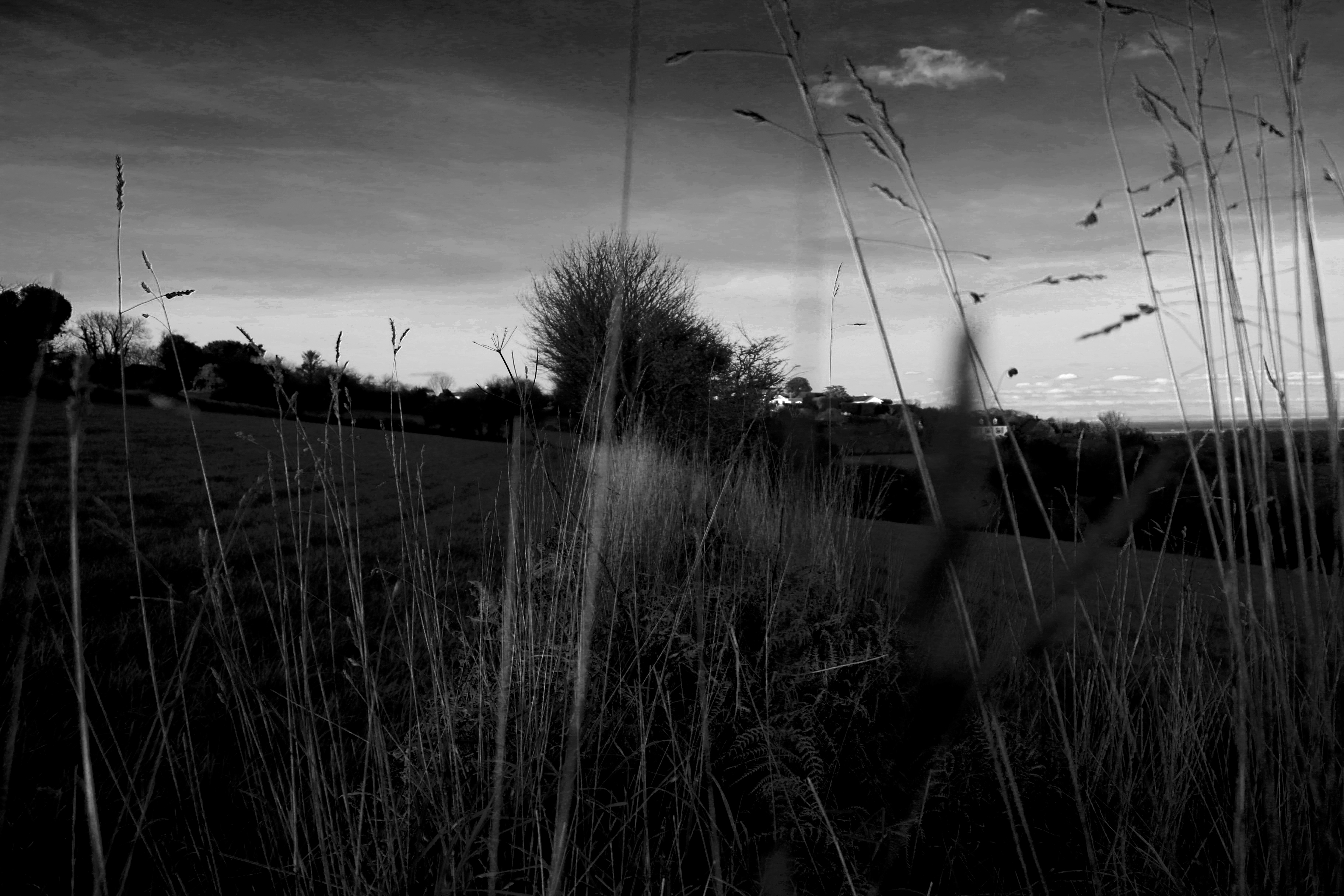
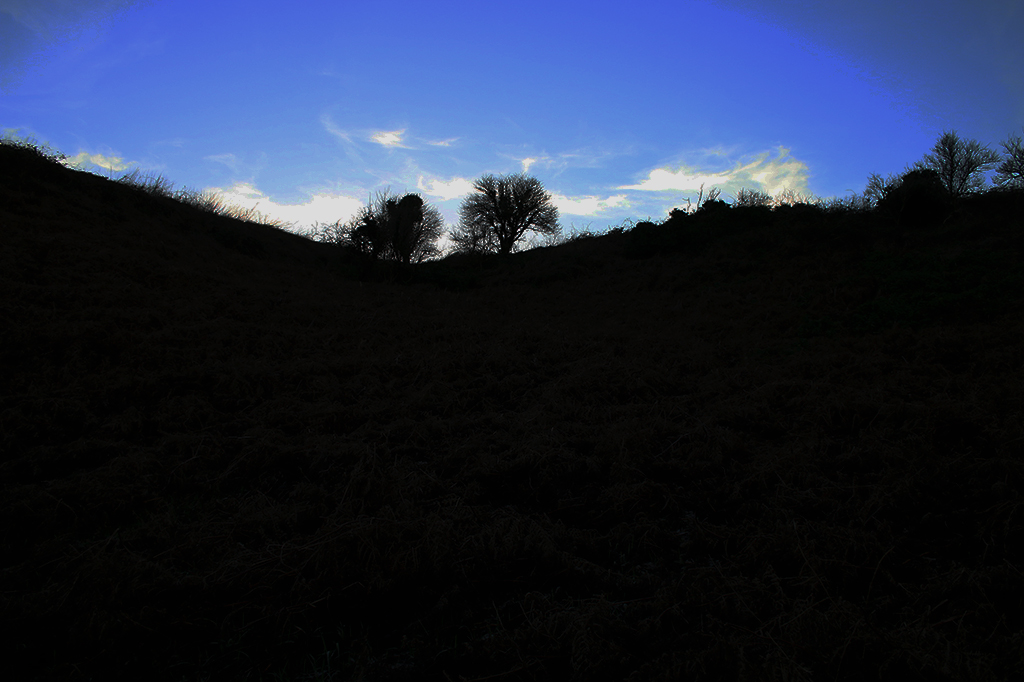


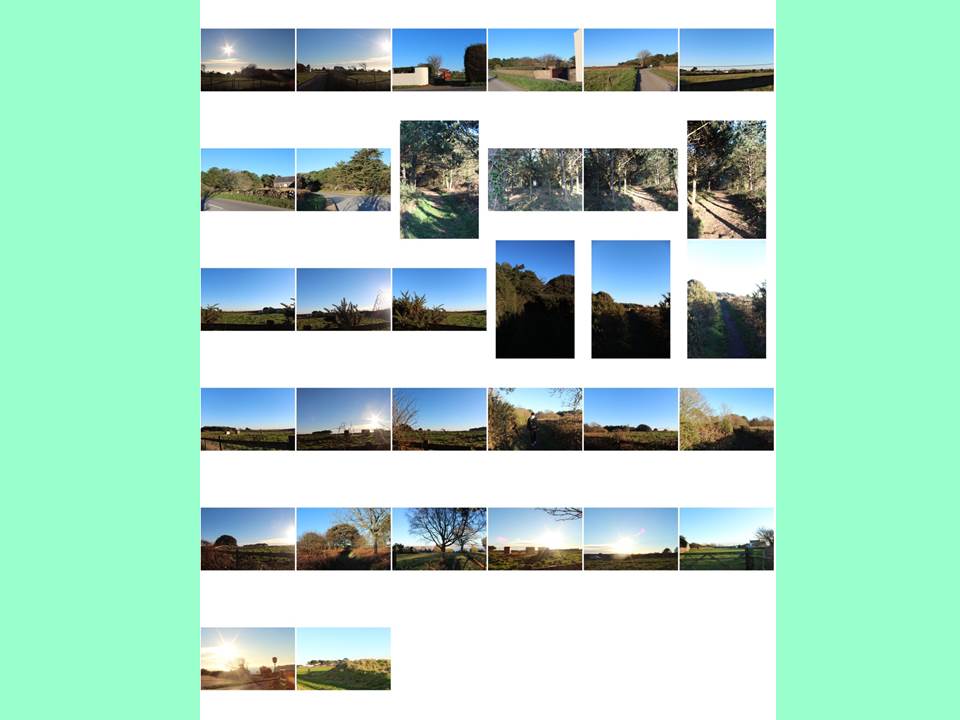
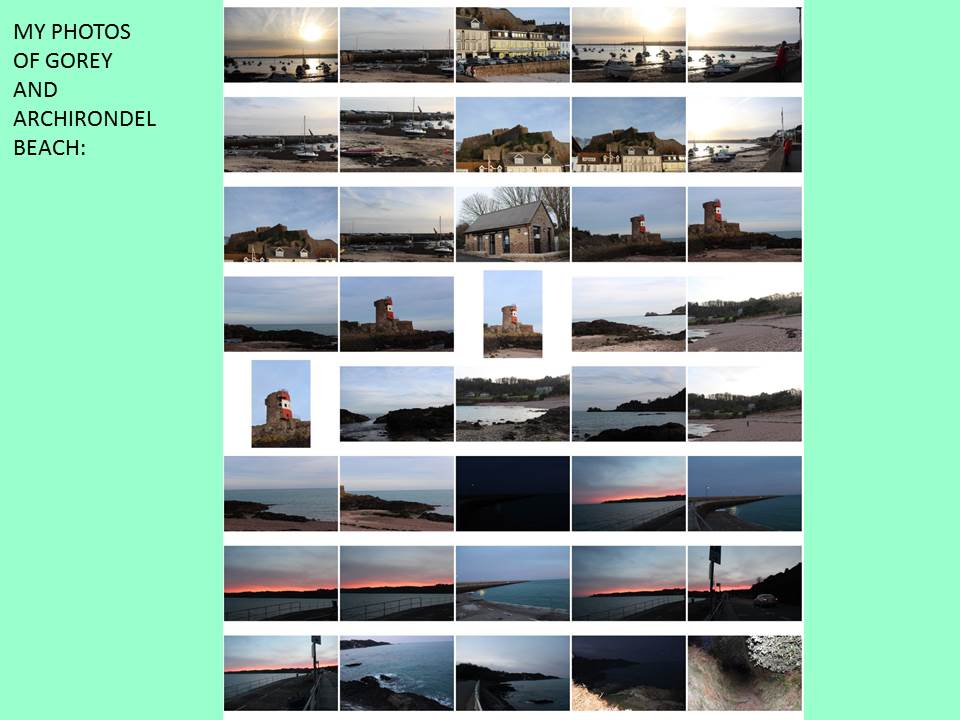
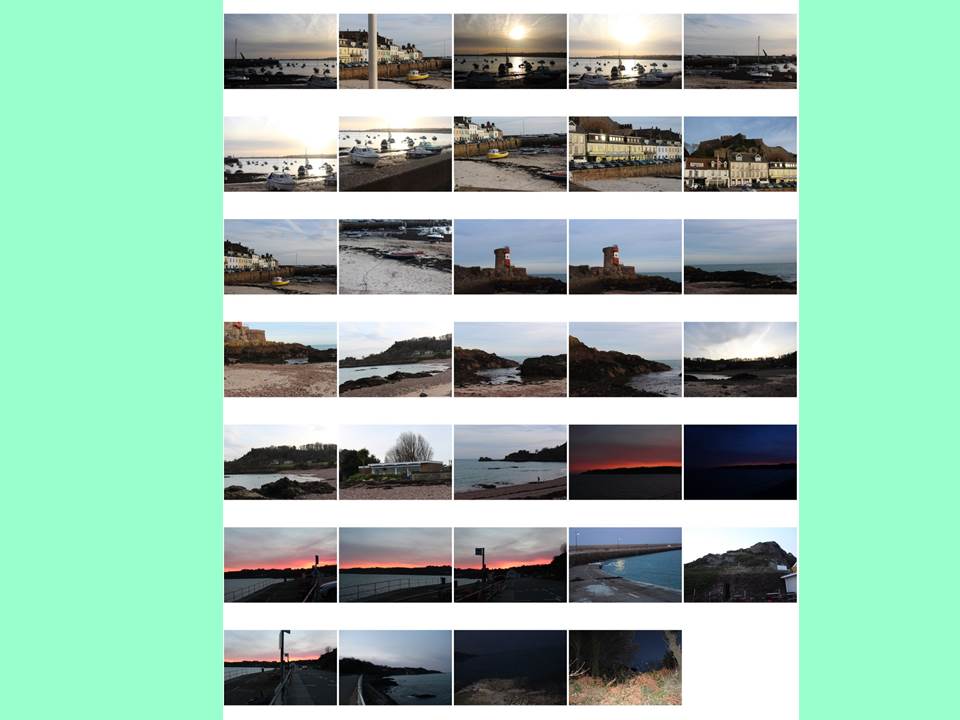

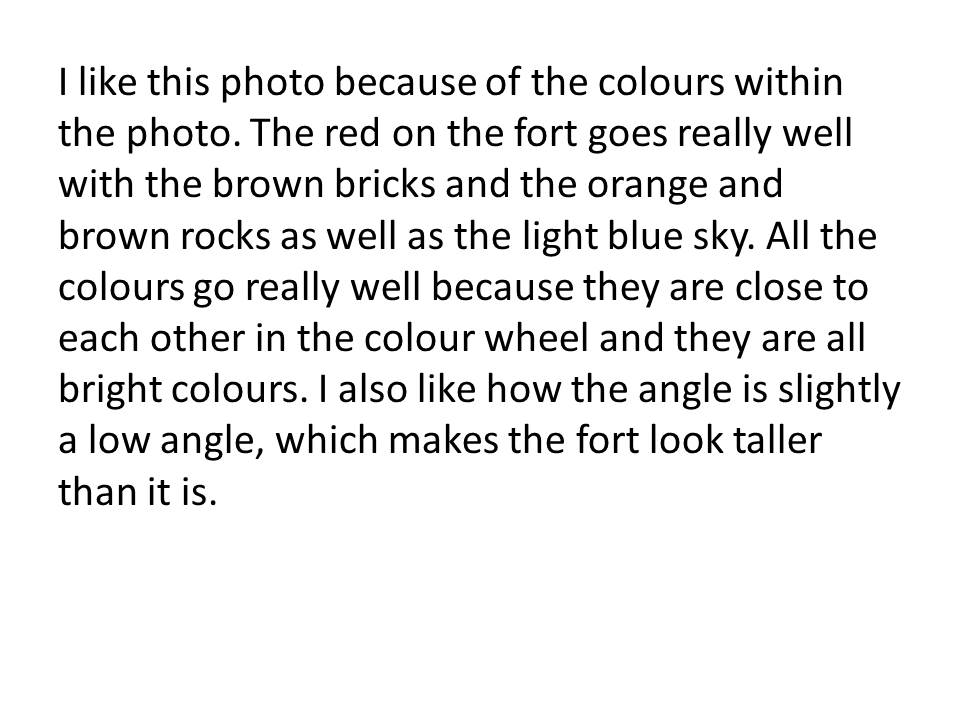

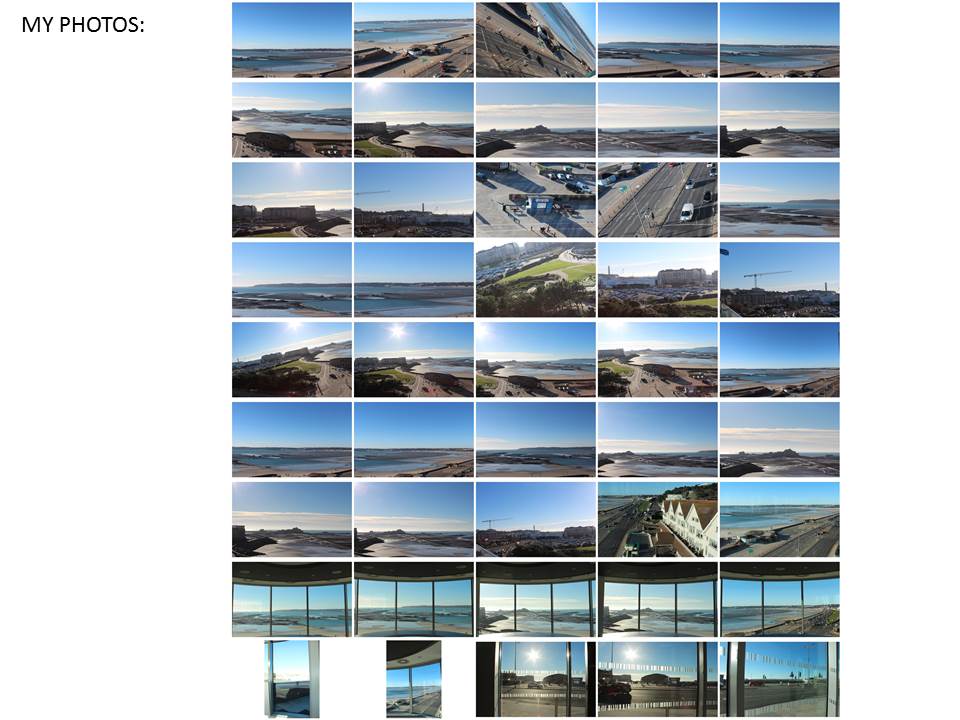








%20and%20cfaal%20115,%202011%20(right).jpg)

%20and%20Black%20Friday,%202011,%20Chromogenic%20color%20print%20(right).jpg)




